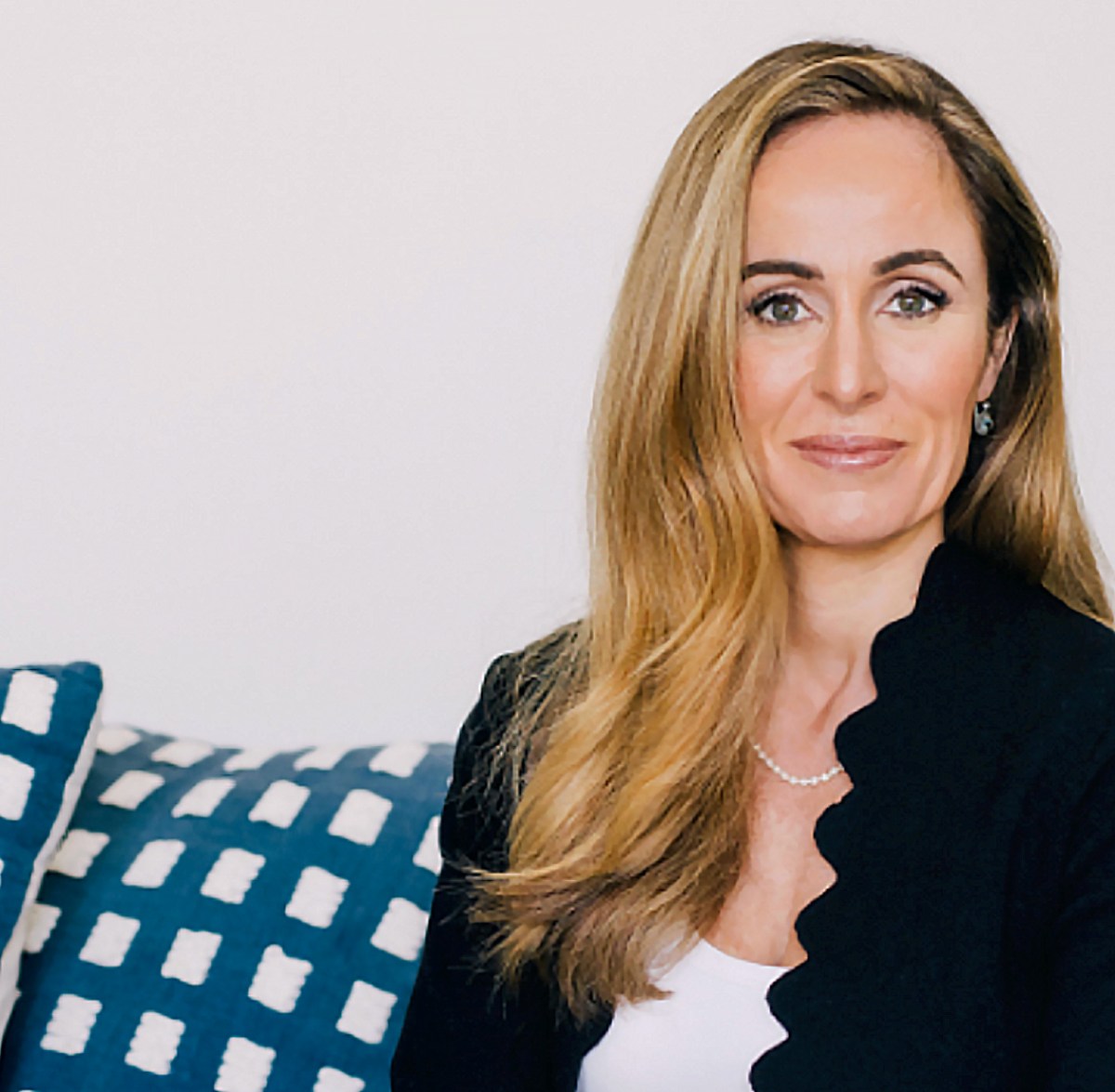and [are] happy to continue to pay.”
In fact, Kilroy doesn’t seem particularly worried about capturing every demographic. Instead, she’s focused on keeping Oura’s core users happy while organically attracting new segments. And young women are becoming part of that core market – a trend that she credits to a broader shift, though Oura is also mindful of the opportunity it presents. “We see that they’re drinking less alcohol,” said Kilroy. “They’re really focused on their mental health.”
That momentum has pushed Oura to double down on features like cycle tracking and fertility insights. “Because of our accuracy of temperature, we have a very high degree of accuracy in detecting ovulation, almost 97%,” Kilroy explained. The company also recently rolled out perimenopause features and expanded pregnancy capabilities.
Put another way, Oura is – for now, at least – more focused on serving its growing female base rather than chasing young male athletes counting their VO2 max. As Kilroy told me: “We’re not a fitness tracker only. We’re a health platform . . . Where we’re really focused on is preventative health so that we avoid burnout, that we avoid illness, [and] we’re getting early detection on really important clinical and health-related diseases.”
As Kilroy learned at Airbnb, she said, “You keep your eyes focused on your own race and the features and the products that you ship.”
It’s a smart play. The market for people wanting to optimize sleep, manage stress, and generally not feel terrible is arguably a lot bigger than the market for athletes obsessing over training load.
The numbers support the strategy, too. Oura now sells through 4,000 retail stores and has 1,000 partners tapped into its API. Kilroy says it also employs over 30 PhDs and MDs and that it partners with research heavyweights like UCSF, UC Berkeley, and Stanford. That level of clinical validation creates a moat that competitors can’t easily replicate.
Blood testing is just one vector. Late last year, Oura partnered with a maker of wearables that track blood-sugar levels — Dexcom — on metabolic health monitoring, letting users overlay continuous glucose data with their ring metrics. Kilroy tested it herself for nine months. “I could not believe how much stress was impacting it,” she said, describing glucose spikes during particularly brutal meetings. “All I want to do is run and grab a pound of chocolate when I’m stressed,” she added, smiling. “And that’s almost like putting a bomb on top of your already high blood glucose.”
Oura’s growth hasn’t been all positive PR. This summer, the company caught heat over a $96 million deal to sell rings to the Department of Defense, with security provided by the software and analytics outfit Palantir. Privacy advocates raised concerns about surveillance and data sharing – which is reasonable when you’re dealing with biometric data and defense contracts.
But on stage, Kilroy was firm. “We do not pass our member data to the U.S. government,” she said. “When we are working with the U.S. government and the data that they are researching on their own troops in the Army or in the Air Force, that data is passed to them.”
Asked what Oura had learned from this financial-win-turned-public-relations disaster, Kilroy added, “There’s a lot of misinformation out there, and it’s often hard once that misinformation starts to take hold to put the genie back in the bottle.”
The DoD controversy clarifies something important: when a device is tracking your sleep, your fertility, your stress spikes during the workday – when it knows your body better than you do – trust is paramount. Oura’s retention numbers say people trust them; the backlash this summer underscored that trust is fragile. Which makes the company’s refusal to chase every shiny demographic look less like playing it safe and more like discipline.
So can Oura capture all of Gen Z? Probably not. But maybe that’s fine. While rivals like Whoop corner certain markets like athletic performance, Oura’s betting there are more people trying to avoid burnout than athletes obsessing over recovery metrics. And right now, at least, it looks like nobody’s switching rings to prove the company wrong.
